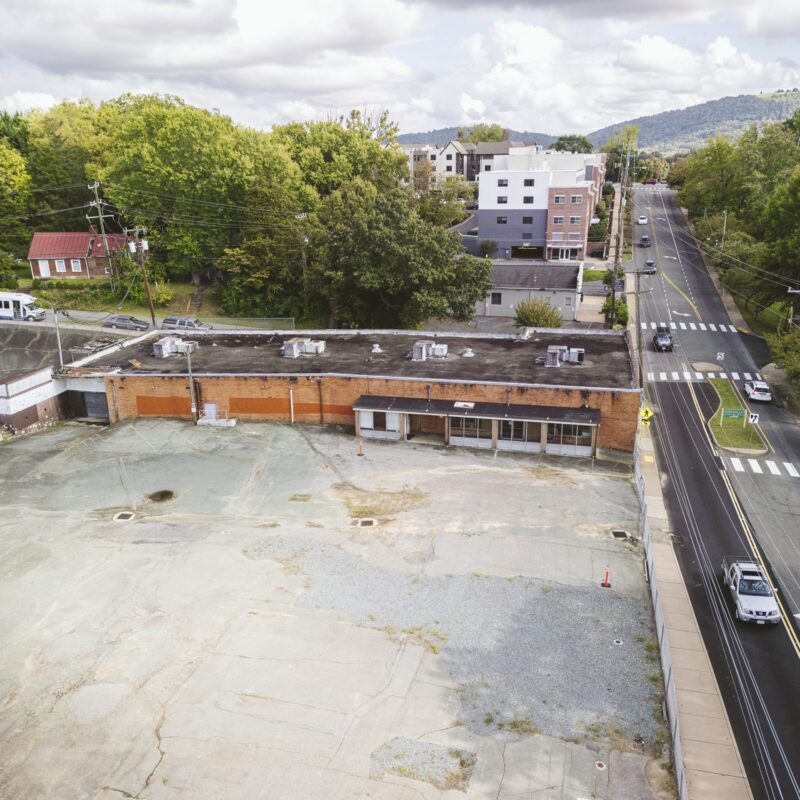After receiving a record number of applications—24,005, a six-percent increase over last year—UVA offered admission to 7,750 students earlier this week. School officials anticipate 3,360 students in next year’s incoming class, and hope to increase the total UVA student body by 1,500 before the Class of 2015 graduates.
But along with changes to student-faculty ratios and housing, the plan to increase the UVA student population raises another set of questions: Can UVA accommodate more low-income students as it grows?
Recently, the Chronicle of Higher Education published an interactive map that tracks five years of federal Pell Grants (awarded to students whose families are expected to contribute little to no part of college costs) at "wealthy" institutions—those with the largest endowments. At UCLA, roughly one-third of the student body received Pell Grants between 2004 and 2008, according to the data. At the opposite end of the spectrum is Washington University in St. Louis, where five percent of the student body received Pells during the same period.
Trailing only Wash U and Harvard is UVA, where seven percent of students received Pell Grants during the five-year study period. Writes Lynn O’Shaughnessy for CBS: "Less than 15 percent of students attending the 50 richest colleges in the 2008-2009 school year were considered poor." O’Shaughnessy’s concern is that low-income students may have a smaller presence at so-called "elite" schools.
According to a previous story in C-VILLE, UVA has improved upon its Pell percentage. UVA Dean of Admissions Greg Roberts said last year that 11 percent of the school’s student population received Pell Grants, up from eight percent in 2006.
“It’s true, certainly we are not where we would like to be,” said Roberts at the time. “But we think that we are moving in the right direction.” (Current Pell percentages were not immediately available.)
However, improving on that percentage might be difficult. Looming federal budget cuts could reduce the Pell program by $8 billion annually, and lower the maximum grant size from $5,550 to $4,705. AccessUVA, the University’s financial aid program, maintains an annual $20 million commitment to meeting 100 percent of students’ demonstrated financial needs. But following tuition increases in June, Pell cuts could make plans to grow the UVA student population harder to attain—at least, while maintaining its commitment to low-income students.



